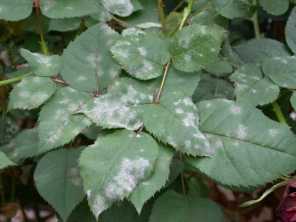This post was contributed to by Drs. Sarah Jandricic and Chevonne Dayboll.
Summer is in full swing, and so too are garden mums. As you get ready for the next few months, here are a few tips to keep your crop on track.

Irrigation method matters!
There are plenty of options for irrigation in potted outdoor crops, but not all are created equal if you are trying to maximize your water efficiency. Overhead irrigation by boom, or sprinkler is not efficient if your pots are not spaced tightly. Canopy sizes in the later months of production may make this impossible, especially if you choose to go with final spacing when pots first move outside. These methods of irrigation can also lead to pots that are too dry (not watered) or too wet (over watered). Plants can only use water that makes it into the pot, so low volume drip line or tape is a more effective way to delivering usable water to your outdoor crops.
Continue reading “Garden Mums – 2019 Production and Protection Tips”

 Our floriculture research friends over at
Our floriculture research friends over at 

